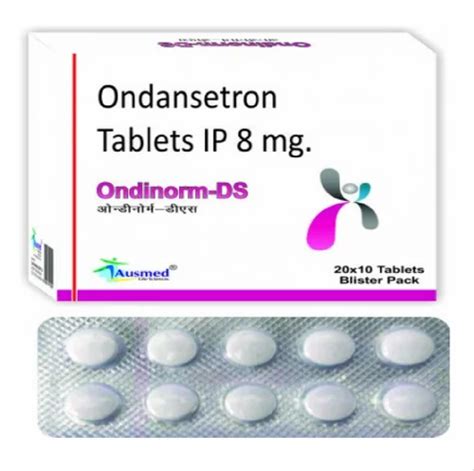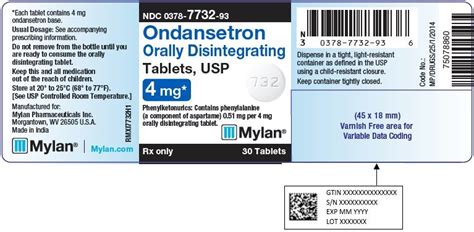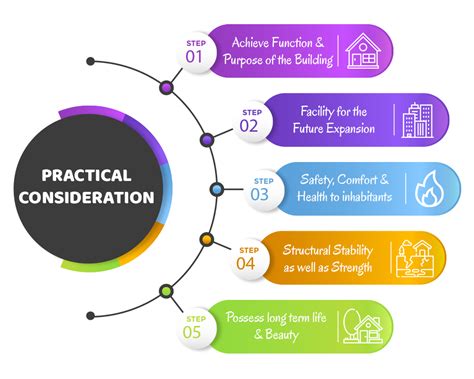Intro
Discover key facts about Ondansetron 8mg, including its uses, side effects, and dosage. Learn about this antiemetic medication, its benefits, and interactions, to manage nausea and vomiting effectively.
Ondansetron, a medication commonly known by its brand name Zofran, has been widely used for the prevention of nausea and vomiting caused by cancer chemotherapy, radiation therapy, and surgery. The 8mg dosage is a frequently prescribed amount for managing these conditions. Understanding the key aspects of ondansetron 8mg can help patients and caregivers navigate its use effectively.
Ondansetron works by blocking the action of serotonin, a natural substance that may cause nausea and vomiting. Its effectiveness in controlling nausea and vomiting has made it a staple in the management of chemotherapy-induced nausea and vomiting (CINV) and postoperative nausea and vomiting (PONV). The medication comes in various forms, including tablets, orally disintegrating tablets, and solution for injection, offering flexibility in administration.
The importance of ondansetron 8mg lies in its ability to significantly improve the quality of life for patients undergoing treatments that would otherwise be severely impacted by nausea and vomiting. By understanding how ondansetron works, its benefits, potential side effects, and how to use it effectively, patients can better manage their treatment regimens and reduce the distress associated with these side effects.
Introduction to Ondansetron 8mg

Ondansetron 8mg is specifically designed to be taken as needed or as prescribed by a healthcare provider. The dosage and frequency of administration can vary based on the patient's condition, the type of treatment they are undergoing, and their individual response to the medication. For chemotherapy-induced nausea and vomiting, for example, ondansetron may be given 30 minutes before the start of chemotherapy, with additional doses as needed.
Benefits of Ondansetron 8mg

The benefits of ondansetron 8mg are multifaceted, including:
- Effective Prevention of Nausea and Vomiting: Ondansetron has been shown to significantly reduce the incidence of nausea and vomiting in patients undergoing chemotherapy and radiation therapy.
- Improved Quality of Life: By controlling nausea and vomiting, patients can better tolerate their treatments, leading to an improved quality of life.
- Flexibility in Administration: The availability of ondansetron in various forms allows for flexibility in how the medication is administered, catering to different patient needs.
- Well-Tolerated: Ondansetron is generally well-tolerated, with most side effects being mild and temporary.
How Ondansetron Works
Ondansetron's mechanism of action involves the selective inhibition of the 5-HT3 receptor subtype. This receptor is located centrally in the chemoreceptor trigger zone of the area postrema, and peripherally on the vagus nerve terminals. By blocking these receptors, ondansetron prevents serotonin from triggering the vomiting reflex, thereby reducing the incidence of nausea and vomiting.Side Effects and Precautions

While ondansetron is generally well-tolerated, it can cause side effects, including:
- Headache
- Dizziness
- Constipation
- Diarrhea
- Injection site reactions (for the injectable form)
It is crucial for patients to discuss any concerns or pre-existing conditions with their healthcare provider before starting ondansetron 8mg. This includes any history of allergic reactions to ondansetron or other medications, as well as any other medications they are currently taking, to avoid potential drug interactions.
Administration and Dosage
The dosage of ondansetron 8mg can vary depending on the indication for use. For adults, the typical dosage for preventing nausea and vomiting caused by chemotherapy is 8mg administered 30 minutes before the start of chemotherapy, followed by 8mg every 8 hours for up to 2 days after chemotherapy. The dosage for preventing nausea and vomiting after surgery is typically a single dose of 8mg administered before induction of anesthesia.Practical Considerations for Patients

For patients taking ondansetron 8mg, several practical considerations can enhance the medication's effectiveness and minimize side effects:
- Follow the Prescribed Dosage: Adhere strictly to the dosage and administration schedule as prescribed by the healthcare provider.
- Monitor for Side Effects: Keep track of any side effects experienced and report them to the healthcare provider.
- Stay Hydrated: Especially if experiencing vomiting or diarrhea, to prevent dehydration.
- Dietary Advice: Eating small, frequent meals and avoiding spicy or fatty foods can help manage nausea.
Interactions with Other Medications
Ondansetron can interact with other medications, including: - **Apomorphine:** Concomitant use with ondansetron is contraindicated due to the risk of hypotension. - **Phenylketonuria (PKU) Caution:** The orally disintegrating tablets contain phenylalanine.Future Perspectives and Research

Research into ondansetron and other antiemetic agents continues to evolve, with ongoing studies focusing on optimizing dosing regimens, exploring new indications, and developing novel formulations. The goal of this research is to further enhance the management of nausea and vomiting, improving patient outcomes and quality of life.
Emerging Trends in Antiemetic Therapy
Emerging trends include the use of combination therapy (using multiple antiemetic agents) and the development of new agents with different mechanisms of action. These advancements aim to address the complex needs of patients undergoing treatments that induce nausea and vomiting, providing more effective and personalized care.Conclusion and Final Thoughts

In conclusion, ondansetron 8mg is a valuable medication in the management of nausea and vomiting associated with chemotherapy, radiation therapy, and surgery. Its effectiveness, flexibility in administration, and generally favorable side effect profile make it a preferred choice among healthcare providers and patients alike. As research continues to uncover new aspects of ondansetron's use and potential, its role in improving patient care is likely to expand.
We invite readers to share their experiences or ask questions about ondansetron 8mg in the comments below. Your insights can help others navigate their treatment journeys more effectively. Additionally, consider sharing this article with anyone who might benefit from understanding the role of ondansetron 8mg in managing nausea and vomiting.
What is the primary use of ondansetron 8mg?
+Ondansetron 8mg is primarily used to prevent nausea and vomiting caused by cancer chemotherapy, radiation therapy, and surgery.
How does ondansetron work?
+Ondansetron works by blocking the action of serotonin, a natural substance that may cause nausea and vomiting, at the 5-HT3 receptor.
What are common side effects of ondansetron 8mg?
+Common side effects include headache, dizziness, constipation, and diarrhea. Patients should discuss any concerns with their healthcare provider.
